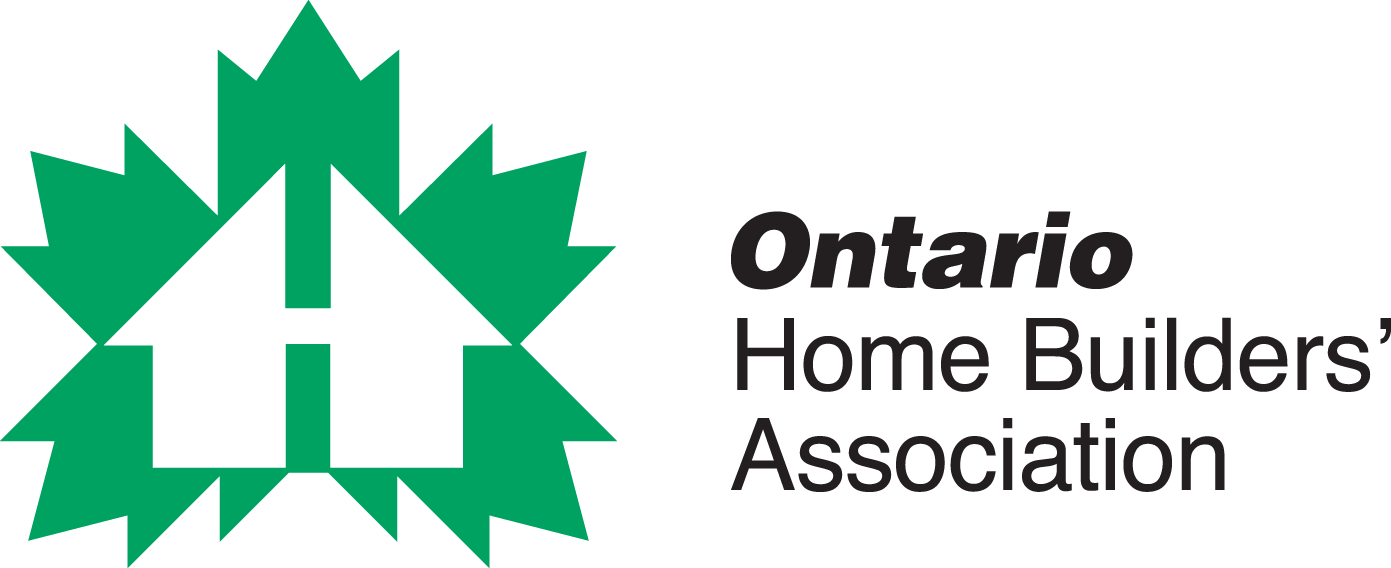By By Ted Mcintyre and Mondiu Jalyesiml
Warning signs and your obligations in fending off money laundering schemes
Money laundering is rearing its ugly head in the real estate market, but that’s nothing new, says Mondiu Jaiyesimi, Senior Manager of Anti-Money-Laundering (AML) Regulatory Compliance and Forensics at MNP in Toronto. Jaiyesimi cites the 2022 Cullen Commission report, which outlined the scope of money laundering in multiple business sectors in British Columbia. The report estimated that between $800 million and $5.3 billion was being laundered through the real estate market, raising house prices by 5%.
“Real estate was flagged as one of the more vulnerable sectors within the Canadian AML regime,” Jaiyesimi notes. “It’s one of the reasons why FINTRAC (Financial Transactions and Reports Analysis Centre of Canada) has recently conducted more examinations in this sector than any other. You’re dealing with high-value assets with which you can do all sorts of things, including flipping. And you can use varying entities to make purchases. The federal government is working hard to help people drill deep into who actually owns an entity. Still, in many cases, it can be really difficult to determine who the ultimate owner is—and that is being exploited by bad actors.”

Mondiu Jalyesimi is Sr. Mgr., AML Regulatory Compliance and Forensics at MNP.
OHB: Can you share examples of money laundering in Ontario?
MJ: “Investigations have revealed that known criminal gangs have funnelled illicit funds into the real estate sector. Court documents from 2023 allege that proceeds from a $160 million illegal sports betting operation were used to purchase properties across Southern Ontario. These acquisitions were often made through intermediaries and associated numbered companies, aiming to legitimize the origins of the funds. It was reported that three properties were the site of suspicious fires, one of which prompted a $7.9 million insurance payout that authorities say was then used to purchase additional properties.
“In 2022, a joint investigation by the RCMP and the Ontario Securities Commission, dubbed Project Empire, led to charges against four individuals connected to an alleged $9 million real estate fraud in Mississauga and Brampton. The accused were involved in acquiring land for development, soliciting investments and then misappropriating the funds for personal use rather than the intended construction projects.
“There are many other examples.”
Why is this bad for builders and the real estate industry?
“Several reasons. If you allow money laundering to fester, it attracts more bad actors and infiltrates the sector as a whole. That creates different problems, such as the government not receiving revenue and viewing your sector as incredibly vulnerable, which leads to additional regulatory examinations and more law enforcement actions.
“Further, home prices will go up artificially because you’re allowing the sector to be infiltrated by bad actors who are not motivated by making sound economic decisions. For example, they could offer $1.5 million cash in a community where new homes are going for $1.2 million, just so they can launder the money and flip the house. Those actions can skew the market. That’s what they found in B.C., where some of the money was coming from illegal drug trafficking.
“But they can also purchase real estate to conduct criminal or terrorist activity. That’s why due diligence is required to ensure you’re scanning for things like a third party being involved in the transaction, and that you’ve trained your staff for any red flags.”
What are some of those red flags?
“Source of funds—that you’re assessing the KYC (know your customer) information and that the value of the home corresponds to your customer. You also have to be aware of sanction risks. If you are going to be dealing with any individual or entity, you are expected to scan their names across the Consolidated Canadian Autonomous Sanctions List and Terror Watch List. You are also expected to conduct a negative news search to ensure that that individual is not connected to any criminal activity or enterprise. If there’s anything that doesn’t make sense, you should be flagging those. Then there’s the risk assessment end. If I’m a home builder and I have an AML program, and you want to do business with me, I’m obligated to assess the transactions to see if they make sense or if they’re reportable. I’m also obligated to perform a risk assessment on that relationship. That means I would assess them as a client and determine whether the risk they pose is low, medium or high. If they’re Canadian, reside locally and are in a well-paying occupation like a doctor, that’s low risk. If they tell us they just moved to Canada from a high-risk country, they’re maybe medium risk. High risk is somebody from a high-risk country or occupation, like owning a Bitcoin ATM or being involved in a cash-intensive business like a car wash.
“It’s really important as a home builder that you have an AML in place to demonstrate to the regulator that before you made a decision, you risk-rated the client, did considerable due diligence, and reviewed the transaction to see if there were any red flags before it was approved.”
Is it safe to say some builders have occasionally looked the other way?
“We have to consider human nature and how some react to regulatory compliance: If they feel they can get away with stuff, are they more likely to comply or look the other way? But the penalties can be severe. In more strict AML regimes like the U.S., we’ve seen financial institutions fined $9 billion for circumventing AML laws. In Canada, there’s been progress, but the enforcement of our AML laws is not as mature as in the U.S., so it’s quite challenging for the regulators to ensure that everybody toes the line.”
What are builders expected to do?
“They are expected to have an AML program and anti-terrorist financing program. That means you’re expected to appoint somebody to lead your program, to have policies and procedures including risk-assessment training, and to audit that program at least once every two years. On top of that, if certain qualifying activities happen—for instance, you receive cash of $10,000 or more, if you find or see something suspicious or unusual, such as the source of funds being dodgy, you’re expected to file a suspicious transaction report to FINTRAC. And you can see on the FINTRAC website where real estate professionals have been fined for non-compliance.”
How do you respond to the builder who pleads ignorance, saying they couldn’t have known about the client?
“Ignorance is not an excuse. The regime has been in place for decades. The FINTRAC website has all the obligations regarding the PCMLTFA (Proceeds of Crime (Money Laundering) and Terrorism Financing Act). Sanctions and obligations are being enforced by FINTRAC as well. So the risks are pronounced, and there are repercussions to pleading ignorance. It can be quite damaging to your business because if you are found guilty or to be non-compliant with the Act, you’ll likely be fined. Beyond the administrative monetary penalties, you can also be found criminally liable, depending on the severity of the issue. For instance, you can be caught up in an ongoing investigation by the regulator. For example, if a financial institution files an STR (Suspicious Transaction Report) to FINTRAC, that report will have all the names, counterparties, transactions, dates, amounts, etc. So as the builder, your name may be included in that report. So if FINTRAC doesn’t know you, they call up asking what you do. Do you have an AML program? Let’s pull up your client file about this case. Why did you do this? Why didn’t you do that? Why didn’t you file a suspicious transaction report?
“So it goes beyond just having a program. The regulator probably has additional information you don’t know about. They might look for previous indications of you just not caring, and the harm done might be significant.”
Become a member of the Ontario Home Builders’ Association.

